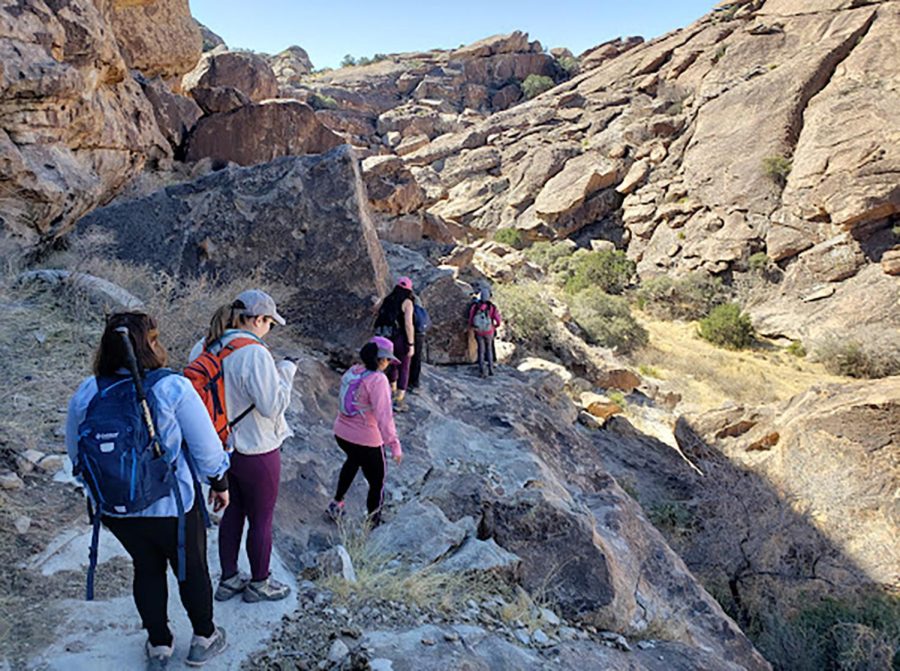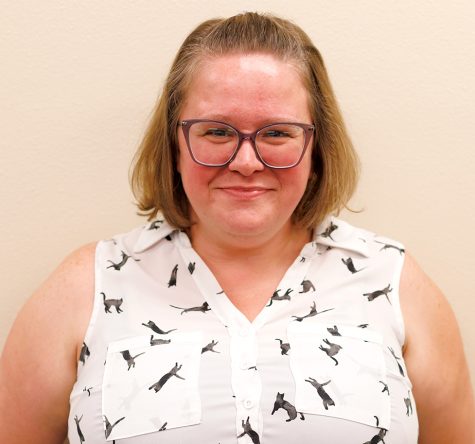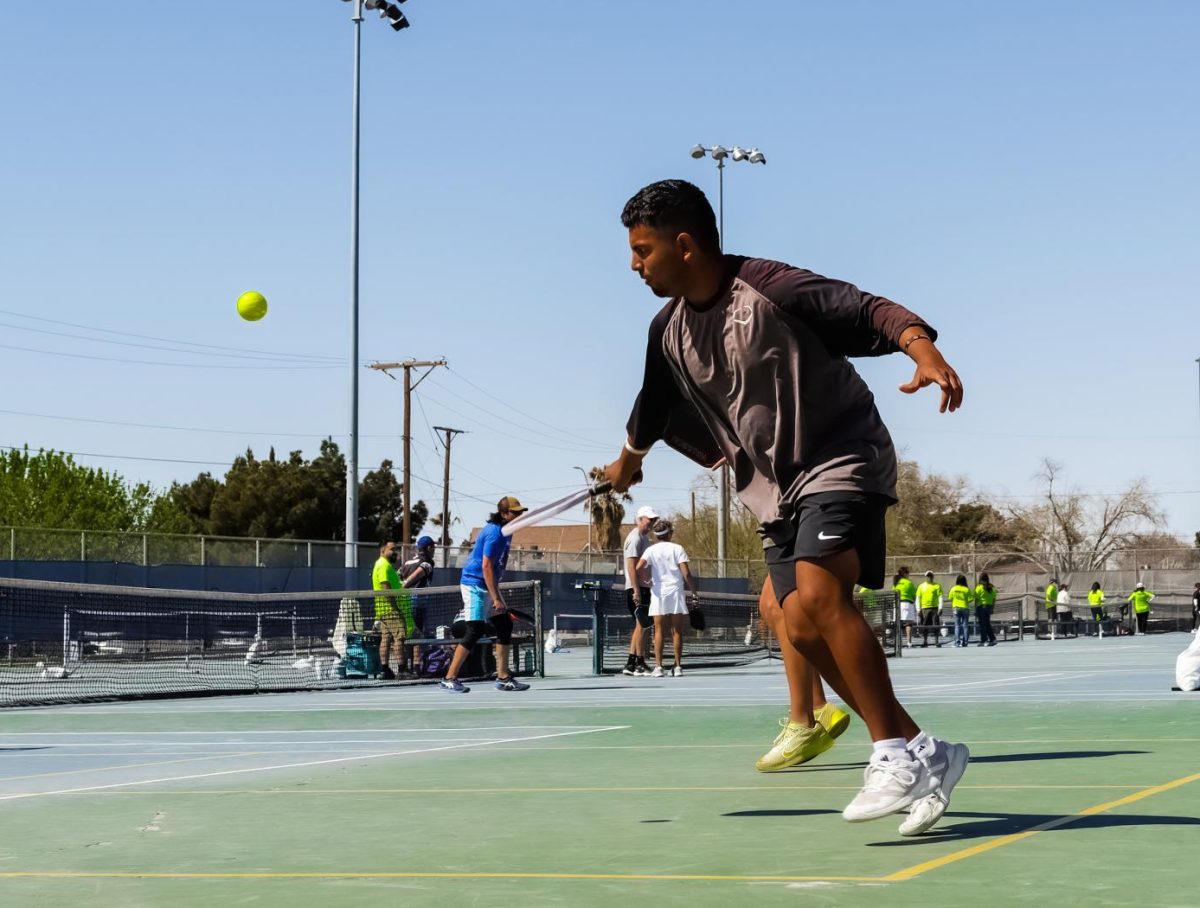What was once called the Interpretive Fair celebrates its 28th year at Hueco Tanks State Park. The two-day event will take place Saturday, Oct. 15, and Sunday, Oct. 16. There will be no fees charged on these dates and no capacity restrictions.
The park decided to change the name of the fair to give visitors an understanding of what the fair is all about.
“The community fair really represents this opportunity and experience for people in the area, or even further out, to come out to the park, learn a little bit during the tours that we give and offer throughout the day, stopping by different booths from many community organizations in El Paso, but even in New Mexico,” said Elizabeth Parra, park interpreter at Hueco Tanks.
The fair is an opportunity to teach the surrounding communities about the history and geology of Hueco Tanks. What makes the park unique is the geology, areas of ponds and huecos (natural rock basins) that are brimming with toads, tadpoles and microscopic shrimp. The park is also home to pictographs, rock paintings, courtesy of the Jornada Mogollon tribe.
“We have, at least, an estimated 3,000 pictographs but there could be, and there probably is, way more than that that we haven’t seen,” Parra said. “But that could be a range of many different people, but mostly the Jornada Mogollon community are the ones that left.”
The Jornada Mogollon are a group people who settled in the Southwest, specifically the Tularosa Basin, after the Archaic period. They were farmers who first resided in pithouses, and later in adobe-made homes, according to the National Park Service.
Within its history, many used to travel to this site for the water, according to Texas Parks and Wildlife. It was an oasis for local tribes. There are some petroglyphs and rock carvings on site, but they are mainly pictographs.
“Hueco Tanks is not only a park but it’s also a historic site, archaeological site, a nature preserve too. We have over 10,000 years of human history at the park,” Parra said. “So, it’s a very special site. It’s also a sacred site to many different communities. So, lots of people and communities still come out for gathering, for prayer.”
The fair will also have indigenous communities coming out to educate, along with traditional performers, to display various dances There will be booths that people can visit to learn more about different cultures and learn about the park itself.
“You want to build a relationship with the park,” Parra said. “So, by learning about the history, the wildlife, the plant life, even from the smallest things to the biggest, you can really help facilitate and build those emotional connections because once you care for something, you want to protect it.”
Kristen Scheaffer is a contributor and can be reached at [email protected].












